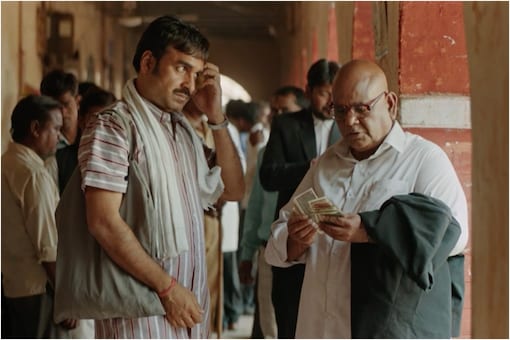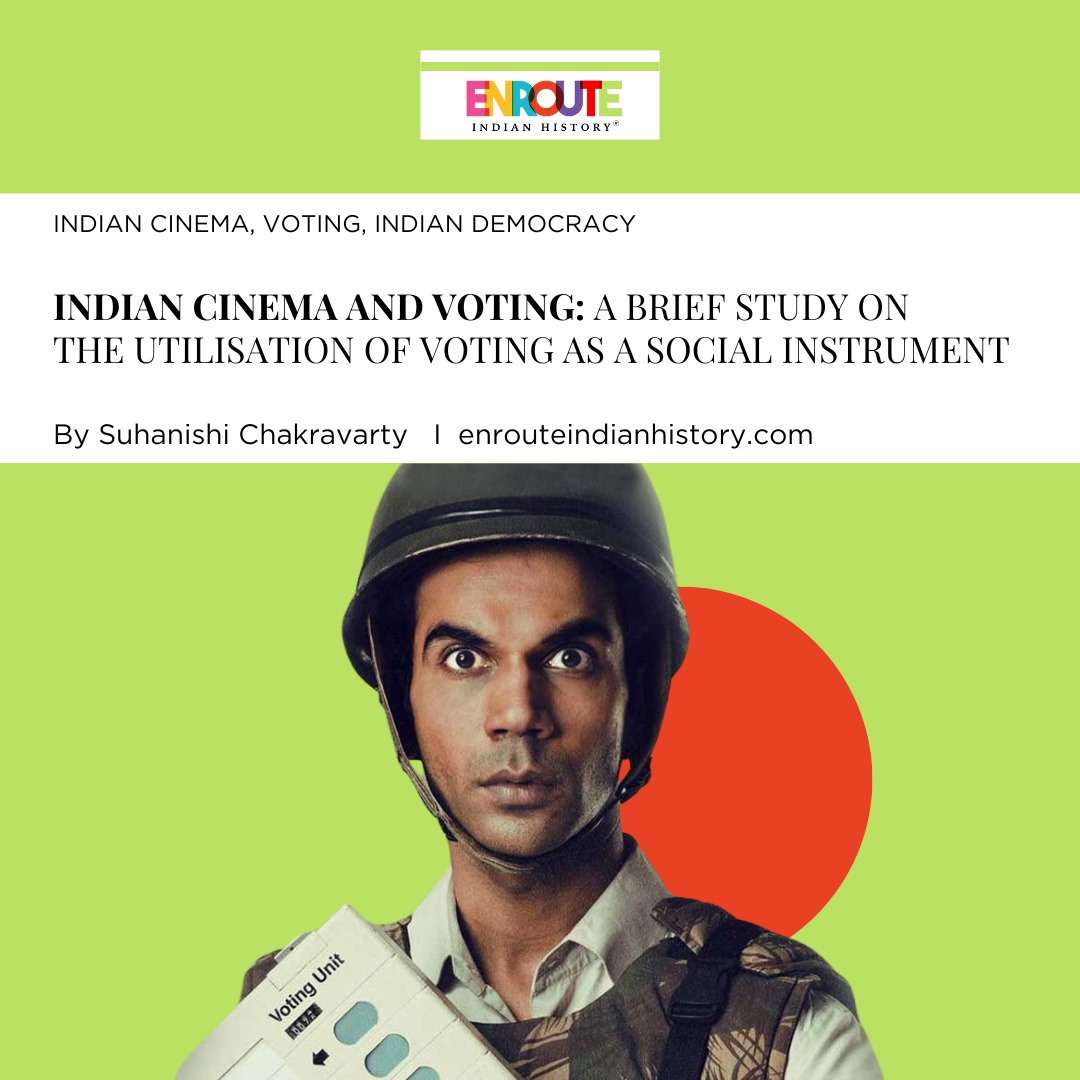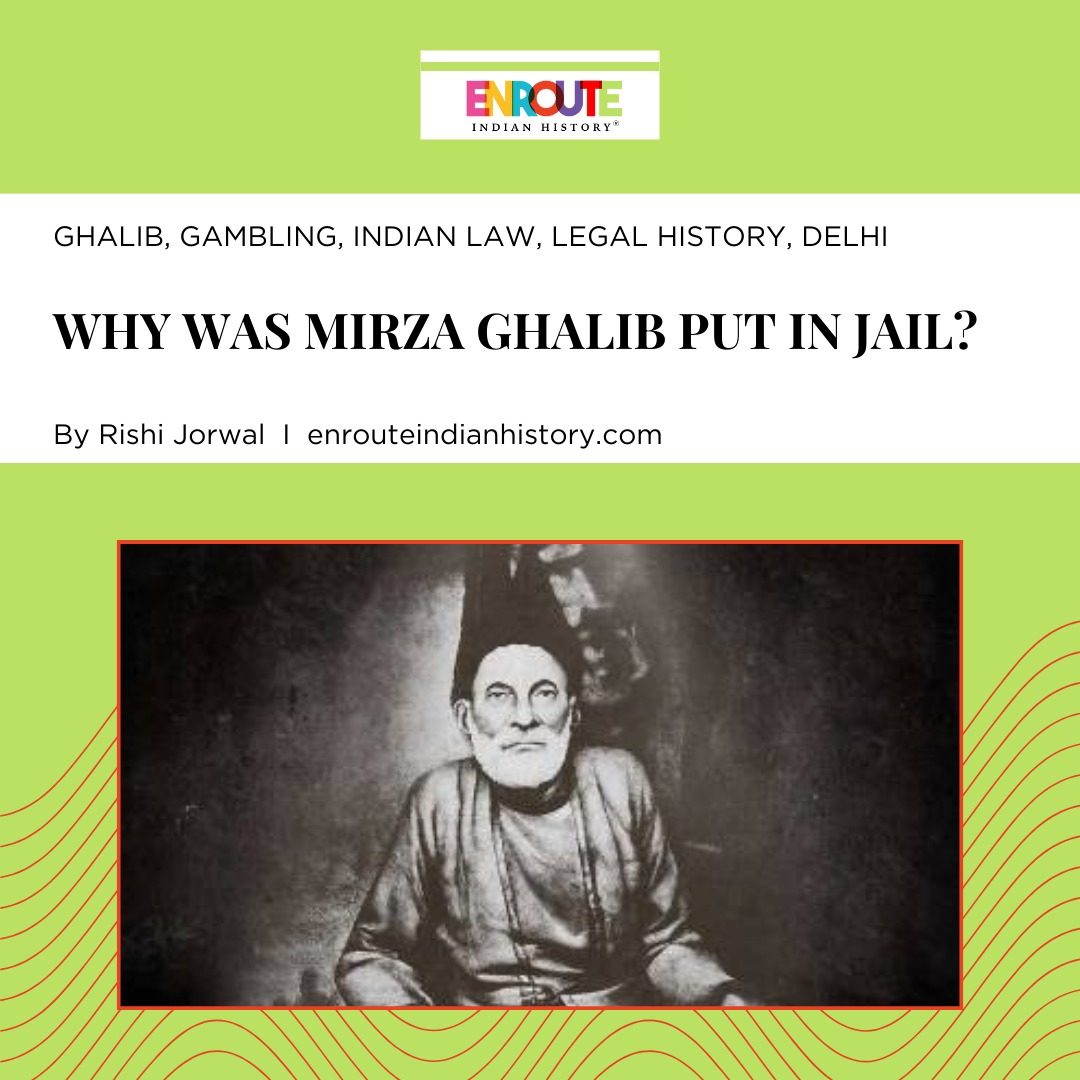
What do bureaucratic corruption, rebirth, and an IG Nobel prize have in common? It is Lal Bihari Mritak whose story is unlike any other. An ordinary man who fought for almost two decades to prove that he was alive! It is perhaps one of the most baffling cases in Indian history, which highlights the inner workings of the Indian bureaucracy, aspects of Indian Law, family disputes, corruption, bribery, and poverty.
Declared Dead
Does this curious case of Lal Bihari Mritak sound more like a satire than someone’s reality? Add a few songs and some dramatic flair, and you get Kaagaz (Paper), the 2021 Bollywood movie starring Pankaj Tripathi as the protagonist. It is based on Bihari’s 18-year-long legal battle while being declared dead on official records. The title Kaagaz is representative of such official records. Throughout the movie, the title crops up to remind the viewer how the ‘system’ or the bureaucracy, places more value on legal documents than human beings.

Image 1: Source: IMDB 2021. Kaagaz Movie Poster
This Indian movie takes us to the year 1975. Bharatlal Bihari is a god-fearing farmer and a Band Master. Though he is content with life, at the behest of his wife, Rukmani, he agrees to get a loan to expand his business and transition to a big shop for his enterprise, Bharat Bandwala. He decides to put his share of ancestral land as collateral for the loan, for which he goes to his village lekhpal (Record Keeper) for the necessary documents. To define what unfolded as unexpected would be an understatement. The lekhpal declared, poker-faced, “Tum Mar Gaye Ho” (You are dead). Assuming he is joking, Lal Bihari asks him to alter the document. Ironically, the lekhpal angrily replies that the kaagaz cannot be tampered with as forgery is against Indian Law. It could lead to imprisonment for both. Bihari was astonished to see the lekhpal consider the information on the kaagaz more important than him, a living, breathing man.

Image 2: Source: IMDB 2021. From left to right: Pankaj Tripathi, Lal Bihari Mritak and Karmi Devi
He tries to uncover how this happened, only to find that his uncle had bribed the lekhpal to grab Bihari’s share of the land. When he demanded answers, his relatives threatened him by saying that a dead man cannot die twice. Sad and dejected, he returns home, only to be ridiculed by the village locals who call him a ghost. Here begins his seemingly endless battle with Indian Law and corrupt low-level bureaucrats. When the sarpanch (village head) fails to help him, he writes countless letters to all rungs of the bureaucratic hierarchy as well as the Prime Minister. Those who replied said only the record keeper can make the required changes.
Poverty, Crime and Politics
After three years of this back and forth and now a newborn in the scene, he is determined more than ever to continue his fight. Enter Sadhoram Kewat, a lawyer played by Satish Kaushik, who is also the director and narrator of the movie. Sadhoram had some experience with cases of the living dead and thought Bharatlal would make for an ideal scapegoat to make an extra buck. He does warn Bihari that human rights cases such as his seldom get resolved, and if he wanted to fight the system, he would need money. Bharatlal assures him of his financial situation and returns to his wife, elated. As luck would have it, he ends up selling his business to pursue his legal battle. Disregarding his wife’s pleas to end his crusade, he stages a silent protest during the rally of the local MLA that garners media attention due to two sympathetic reporters. Despite making it to the front page of the local newspaper, nothing else comes of it.
During this period, Lal Bihari Mritak developed an unlikely friendship with a former criminal-turned-law-abiding man who is a victim like him. When this friend dies, a deeply shaken Bihari decides to take inspiration from his ex-criminal friend and resorts to breaking the law just to get arrested and have his name officially filed. What follows is a series of unfortunate events. From kidnapping his nephew and faking his death to ultimately surrendering to the police, all his efforts were in vain. Hopeless, he seeks help from the local MLA, who jokingly suggests he add mritak (dead) to his name, which Bihari takes seriously. He organised a naamkaran (naming ceremony) to be known as Lal Bihari Mritak. This ceremony was a turning point in his life as it was attended by a few who were also legally dead. He rallied all his fellow ‘ghosts’ to join his battle, and in 1980, with the endorsement of the local MLA, he and the other living dead organised themselves into the Uttar Pradesh Mritak Sangh or the Uttar Pradesh Association of Dead People. Their party symbol? A skeleton.
However, Lal Bihari Mritak was still dead in the eyes of the law and was unable to seek employment. His lawyer suggests he apply for the widow’s pension fund. Alas, this plan backfired. Not only was the pension rejected based on her attire of a married woman (she had sindoor and mangalsutra), but she was also humiliated. Extremely angry and embarrassed, Rukmani seeks solace from her relatives, who decide to provide financial aid to Lal Bihari Mritak. He politely declines the offer as this is a matter of self-respect and a crusade against the wrongdoers. An argument ensues that ends with him blaming his wife for all his misfortune and Rukmani and the kids leaving for her uncle’s place.
Political Stint
Not letting this domestic skirmish get in his way, Lal Bihari Mritak ramped up his efforts in 1989 and secured a ticket for the general elections despite being dead. The fact that he was allowed to run implied that he was alive. However, before the entire elections could be declared fraudulent because a dead man was allowed to contest, at the Allahabad Court, a case was filed against him where Bihari appealed to the Judge’s sentiments. When that strategy failed, he insulted the Judge and feigned a breakdown. His contempt of court should have resulted in his arrest, but the sympathetic Judge did not file a case against Bihari. Sadly, this did no favors to him, and his status quo remained unchanged.

Image 3: Source: IMDB 2021. Kaagaz Movie Poster
Miserable and lonely, he decides to stage a protest at the State Legislative Assembly. When the issue of the ‘living dead’ is put forward, he throws numerous pamphlets shouting ‘Mujhe Zinda Karo’ (Make Me Alive). The pamphlet reads ‘Main Zinda Hoon Main Bhrashtaachaariyon Ke Kalam Ka Maaraa Hoon’ (I am Alive, I am a victim of bureaucratic corruption). Lal Bihari Mritak knowingly perpetrated this ‘Act of Terror’, hoping to get arrested. Instead, he was brutally beaten and stripped in public. Holding on to the last shred of self-respect, he barely makes it home on foot. Lost and hopeless, he begs his family to return home and promises to drop the case. Rukmani admits her regret for leaving him but will not support his surrender. She wants him to continue fighting for himself and all those who need him.
Instilled with determination, Lal Bihari Mritak and a few of his ‘ghosts’ organise their funeral ceremony where their “dead bodies” are paraded throughout the town to rally the masses and finally reach the record keeper’s office. The elusive document that declared Bihari dead, was finally recovered. From a peaceful rally to a cat-and-mouse chase in the labyrinth of the records room to Bihari finding his document and ultimately being brutally beaten by the police, Lal Bihari Mritak clutches onto his documents with dear life. At that moment, his lawyer eagerly runs towards him and shouts, ‘Tum Zinda Ho’ You are Alive! Sadhoram Kewat and the reporters who had supported his cause from its inception had appealed Bihari’s case to the Chief Minister. They received a signed document from him reversing the status that proclaimed him alive on June 30, 1994.
The Aftermath
Kaagaz does not stray far from the facts of Lal Bihari’s life. Although portrayed as a bandmaster, Lal Bihari was in the loom business and had a workshop. If the sources are correct, his uncle knowingly bribed the record keeper to proclaim him dead. However, according to a BBC report, Bihari is unclear whether this was due to a clerical error or his greedy uncle. Lal Bihari Mritak is back to being the land owner while his relatives still work on his land.

Image 4: Source: IMDB 2021. Scene for Kaagaz (2021): Lal Bihari (Pankaj Tripathi) with his lawyer Sadhoram Kewat (Satish Kaushik)
In 1999, Michael Fathers and Meenakshi Ganguly of Time magazine covered his story ‘Plight of the Living Dead’. Following this, Barry Bearak of the New York Times published ‘Azamgarh Journal; Back to Life in India, Without Reincarnation’. The International coverage helped his case get heard at the Allahabad Court and directed the District Magistrate of Azamgarh to spread the word about it for the victims to come forward. Only 30 out of the registered 90 cases were verified to be true, which were then referred to the National Human Rights Commission under the Protection of Human Rights Act, 1993. The intriguing case of the Association Of Dead People, Azamgarh … vs State Of U.P. And Others on 7 January 2000 brought to light the systemic corruption in the district of Azamgarh where official records were being tampered with and fabricated. It was not only against the Indian Penal Code, 1860, but described as an organised crime where the vulnerable are helpless against land mafias, greedy relatives, and corrupt officials.
In 2003, Lal Bihari Mritak received the IG Nobel Prize for Peace by “waging a lively posthumous campaign against bureaucratic inertia and greedy relatives.” (https://improbable.com/ig/winners/#ig2003). Though his case is solved, it is far from settled. As recently as 2022, the Allahabad Court rejected Bihari’s appeal for compensation of 25 Cr. Now, almost 70, Bihari is low on funds and motivation to carry on the Party’s work, according to the BBC report. Through this Association of the Living Dead, he claims to have helped thousands of people in a similar situation and still receives letters and requests for help.
BBC reports that every year, Lal Bihari Mritak celebrates his rebirth with his family and friends by cutting an ornately decorated cake. However, the cake, made of an empty cardboard box, symbolises the bureaucrats and government officials being “vacuous and unjust”. Both on-screen and off, Lal Bihari Mritak transitioned from a simple family man to a force to reckon with. Where most would have given up, he fought tooth and nail for justice. Kaagaz is ultimately a satire on human rights and Indian Law. It portrays a real, dog-eat-dog world where government officials do the bare minimum, are susceptible to bribery and are apathetic to the woes of the people.
References
Bearak, B. 2000. Azamgarh Journal; Back to Life in India, Without Reincarnation. The New York Times. https://web.archive.org/web/20090604073150/http://www.nytimes.com/2000/10/24/world/azamgarh-journal-back-to-life-in-india-without-reincarnation.html
Dhavan, R.S. 2000. Association Of Dead People, Azamgarh … vs State Of U.P. And Others on 7 January, 2000. https://indiankanoon.org/doc/219835/
Fathers, M. 1999. Plight of the Living Dead. Time. https://content.time.com/time/world/article/0,8599,2054133,00.html
Hadjimatheou, C., Nagpal, P., Sarathi, A. and Mudholkar P. 2021. India’s living dead: ‘They stared at me like I was a ghost’ https://www.bbc.com/news/stories-58259497 https://www.bbc.co.uk/sounds/play/m000ytzg
Lal Bihari “Mritak” And The Association Of Dead People https://trivia.serendip.in/trivia/lal-bihari-mritak-and-association-dead-people
Lawogs 2022. Case of the Living Dead. https://lawogs.co.in/index.php/2022/03/05/case-of-the-living-dead/
NHRC takes up the cause of the “Living Dead” of UP. https://nhrc.nic.in/press-release/nhrc-takes-cause-living-dead
Saxena, A. 2021. India’s ‘living dead’ struggle to reclaim their rights. https://www.dw.com/en/indias-living-dead-struggle-to-reclaim-their-rights/a-56284441
Tyagi, S. 2021. Not a Movie Review: Kaagaz. https://www.jiocinema.com/videos/kaagaz/3420580
https://improbable.com/ig/winners/#ig2003
- April 18, 2024
- 7 Min Read


























